
Remote Monitoring for Asset Reliability
One strategy to ensure consistent collection of data is to mark the location for collection on each asset to remove guesswork. However, an even better strategy is to create comprehensive training to ensure every technician knows exactly how to collect data—without significant variation—on every asset in the plant. Such a training plan should be well documented so new technicians can be brought up to speed as quickly as possible.
For teams using wireless condition monitoring, collecting data is significantly easier. With wireless triaxial sensors, as long as the device is installed at the right location—typically as close to the bearing as possible—teams will know they are getting the right reading each time. In addition, wireless sensors ensure that readings are taken where they are needed without fail and ensure consistency of testing schedule. Regardless of how busy the staff is on a given day or who is out of the plant, the right data will come in at the right time.
One other key step in collecting the right data is performing a criticality assessment to ensure the team is receiving the correct data. Safety-critical assets and those that interrupt production will be the most important and will likely be covered by more complex systems. But for balance of plant assets, identifying which systems have spares, which have the most impact on production, which are the costliest to repair, and more can help teams determine data collection frequency for each machine to ensure they are not overloaded with data or taxing the wireless network.
2: Have the right team perform analysis
Assuming remote analysis cannot be performed in house due to a lack of qualified personnel, the next step is choosing a provider for remote analysis, and it is critical to have experienced people review the plant’s data. The best vibration analysts carry category 3 or 4 certification from the International Organization for Standardization (ISO). ISO category 3 or 4 analysts will have years of experience and will be more likely to have seen a wide variety of issues, better preparing them to identify root cause of the most complex problems.
In a typical process manufacturing plant, 80% or more of the day-to-day asset problems will likely be the most common ones: balance, misalignment, under-lubrication, etc. These problems will be easy for nearly any analyst to identify and isolate, and then help plant personnel with resolution. However, the other 20% of problems, due to their complexity, will typically be far more time-consuming to analyze, and will require deep expertise for resolution. A reliability team using remote analysis to drive efficiency needs someone who can solve such problems quickly.
Highly experienced personnel who have worked in multiple industries with multiple global customers will have seen many more unusual problems than other analysts. They will diagnose problems more quickly, and they will be far more qualified to help teams identify the severity of a problem and whether it needs to be fixed today, or can wait a month, or even a year, for a scheduled outage.
Moreover, highly experienced, certified analysts will be better prepared to perform the complex multivariate analysis necessary to uncover the most complex problems. Analysts primarily use vibration to identify issues, but the best providers will also be able to work with the plant’s reliability team to check other process variables to help discover root cause when necessary. If something in the process changes, it can have a significant impact on asset reliability. An ISO category 3 or 4 analyst will have a much easier time using the available data to identify those changes.
3: Insist on meaningful reports
The most meaningful reports from a remote analytics group will identify problems and do so in a way that fits the needs of a wide variety of stakeholders. Teams need different reports for each role. For example:
One that an onsite analyst can examine and evaluate.
One that a technician can look at to guide his or her actions.
One that a manager can explore to track and trend reliability and performance.
First and foremost, analytics reports should quickly and easily identify problems and draw focus to what needs to be done first. The best reports provide a simple “green, yellow, red” view of asset status to quickly show teams of any experience level how to prioritize their action. Assets in green are healthy and require no action. Yellow assets have developing problems that should be addressed when teams have availability. Red assets are experiencing critical failures and should be addressed immediately.
A high-quality analytics report also offers a single page overview of the plant as a whole, showing teams how many assets they have, how many are in each state, and how many are in other stages. Provided with such a view, any reliability team, regardless of size or experience level, can easily maintain a holistic view of plant health.
Teams also need access to deeper analytic details, such as spectrum, waveform, impacting or other variables necessary to identify problems. While not every team will want or need such deep data, plants with onsite analysts will require access to the information they need to make key decisions about their assets.

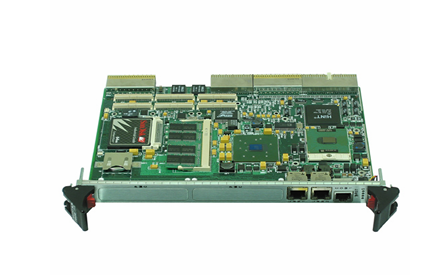



.jpg)
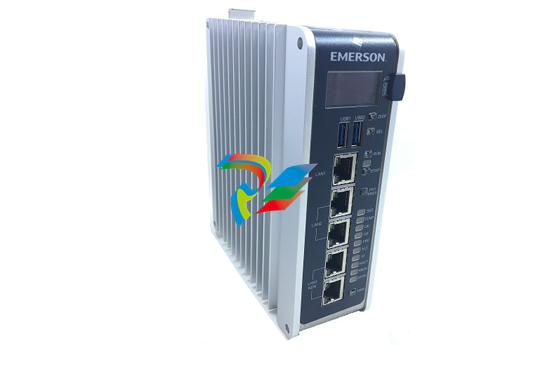
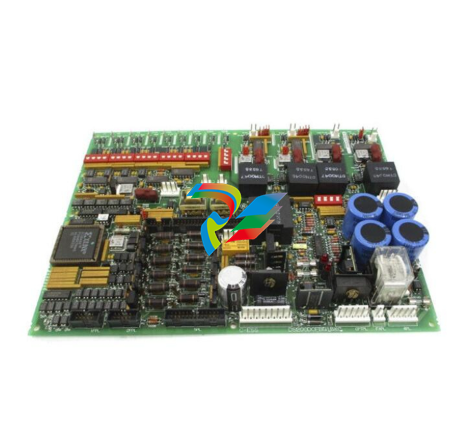
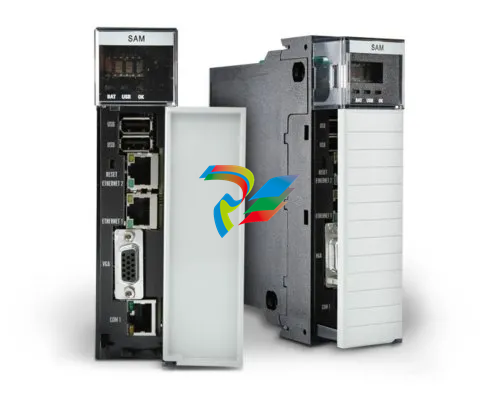
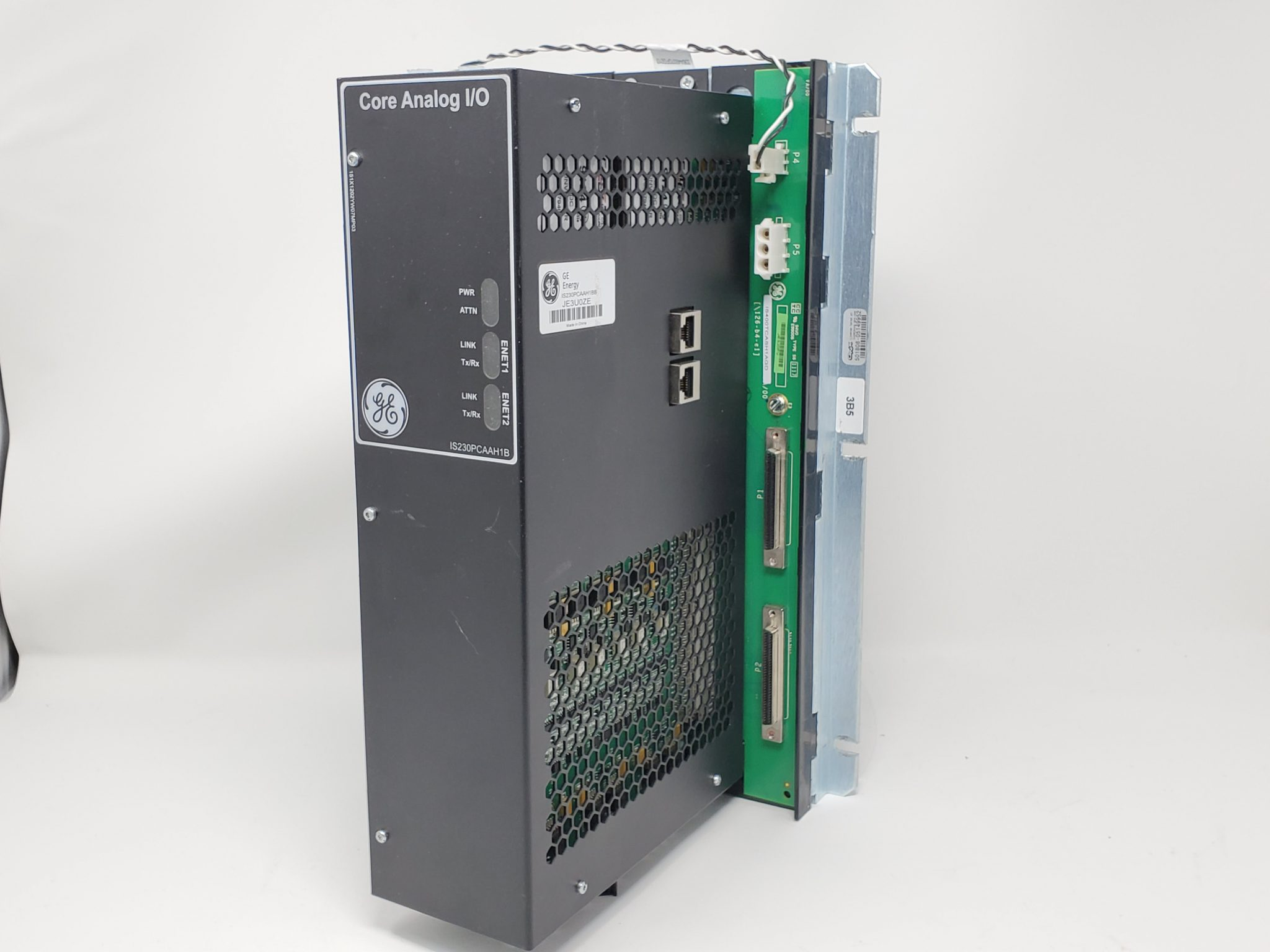






























































.jpg)
.jpg)





.jpg)



.png)
.jpg)

.jpg)
_lVjBYb.jpg)

.jpg)
.jpg)



.jpg)
.jpg)







.jpg)

.jpg)
.jpg)






